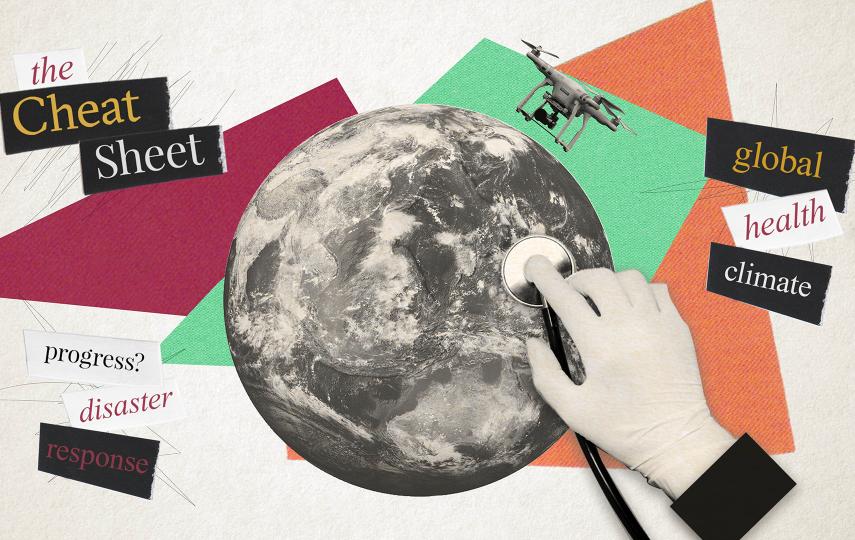On their own, meagre average annual rainfall of between 300mm and 400mm and frequent droughts pose surmountable challenges. In the past, the predominantly livestock-raising population was able to travel far to find browse and water; a sustainable, cyclical livelihood.
However, access to such greener pastures is now curtailed by agricultural development, out-of-bounds national parks, and the prevalence of small arms in the wider region.
Insecurity, nomadism, and the sheer vastness of the remote region - it covers some 70,000 sqkm - have greatly limited intervention by government agencies and international partners.
All these factors contributed to malnutrition rates that topped 37 percent in some areas during the extreme drought of 2011. Food insecurity is permanent; many in Turkana have depended on food aid since before Kenya gained independence in 1963.
Related Reports
Drought exacerbates conflict in Turkana
Illiteracy hampers treatment programmes
Turkana reels from severe drought
The dangers of pastoralism
This article was produced by IRIN News while it was part of the United Nations Office for the Coordination of Humanitarian Affairs. Please send queries on copyright or liability to the UN. For more information: https://shop.un.org/rights-permissions





